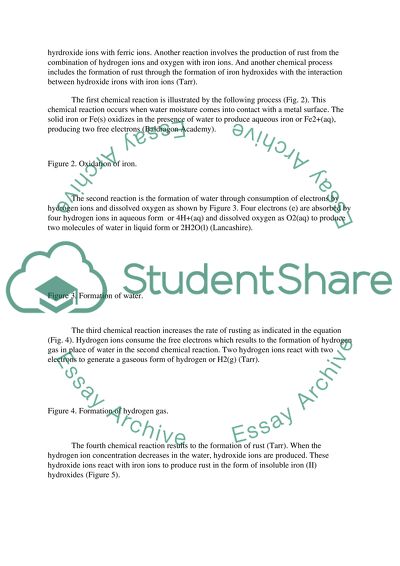Cite this document
(“Rusting Process Essay Example | Topics and Well Written Essays - 2250 words”, n.d.)
Retrieved from https://studentshare.org/miscellaneous/1521053-rusting-process
Retrieved from https://studentshare.org/miscellaneous/1521053-rusting-process
(Rusting Process Essay Example | Topics and Well Written Essays - 2250 Words)
https://studentshare.org/miscellaneous/1521053-rusting-process.
https://studentshare.org/miscellaneous/1521053-rusting-process.
“Rusting Process Essay Example | Topics and Well Written Essays - 2250 Words”, n.d. https://studentshare.org/miscellaneous/1521053-rusting-process.


